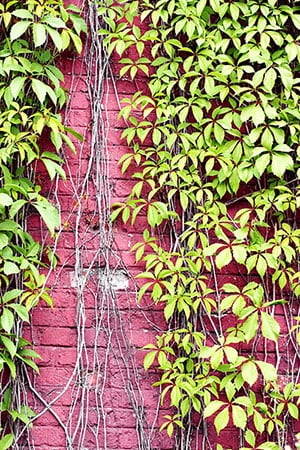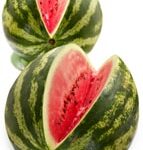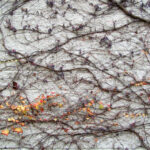A helpful guide for the types of vines that grow outside homes, including annuals and perennials, deciduous and evergreen, flowering and non-flowering, and more.
Vines can be annuals or perennials, deciduous or evergreen, flowering or non-flowering, sun lovers or shade dwellers. This means you can choose a vine that best fits your garden style, whether it’s ivy (Hedera helix) on a brick wall for a traditional look, a clematis climbing an arbor in a cottage garden, or a passion flower (Passiflora) trained as an accent in a contemporary garden design.
Deciding what type of vine you want is the first step. Fast-growing annuals such as morning glory (Ipomoea) and black-eyed Susan (Thunbergia alata) will quickly cover a fence, wall, or arbor and will often reseed.
Perennials such as honeysuckle (Lonicera) and trumpet creeper (Campsis radicans) take longer to get going but will reward you with continued growth and flower displays for years. Bougainvillea will add a tropical touch to your garden, while star jasmine (Trachelospernum jasminoides) is noted for its strong fragrance. If you want foliage, flowers, and fruit, you might consider a hardy kiwi (Actinidia arguta).
Another consideration will be the support system. Plants with thick branches or heavy fruits will need a sturdy structure to support them. And because vines attach to their supports in different ways, you’ll also need to know how to attach on the right support.
Twining vines naturally curl or spiral around anything that is close by and reasonably slender, including neighboring plants. Good choices for supports for these plants include thin pieces of wire, cord, or rope, or wooden or iron stakes or poles, and trellises.
Twining vines that eventually form a thick trunk, such as wisteria, will only need support at the base when they are first planted, but you will need to provide support for the upper growth.
Vines with tendrils have fairly straight stems with small curly offshoots that reach out to wrap around nearby supports, whether it’s a wire, another stem of the same plant, or a nearby plant. These tendrils are even smaller than the stems of twining vines, so the supports must be equally slim. Good choices include wire mesh, cord, or rope, or plastic netting. Lightweight vines with tendrils, such as clematis, will need permanent supports for the plant; something like a grapevine will only need supports for the trunks when they are young.
The stems of clinging vines, sometimes called holdfasts, have small tendrils with either suction disks, aerial roots, or claws that grab onto surfaces, especially those that aren’t completely smooth. Typical clinging vines include Boston ivy (Parthenocissus tricespidata), winter creeper (Euonymus fortunei), and Virginia creeper (P. quinquefolia). Because they cling so tenaciously, you won’t need to provide supports. However, you will need to keep an eye on them, as in the long run they can damage building materials such as wood and stucco.
Some vines, such as bougainvillea, must be physically tied in place, although they may also wind their way through other plants. You can train them on a freestanding trellis or wire grid, using soft plastic ties or twine to hold the branches in place. To train freestanding vines on walls and other structures, insert eye screws into the support and tie the branches to the eye screw. Another approach is to stretch wire between eye screws and tie branches to the wires.








 Don Vandervort writes or edits every article at HomeTips. Don has:
Don Vandervort writes or edits every article at HomeTips. Don has:




